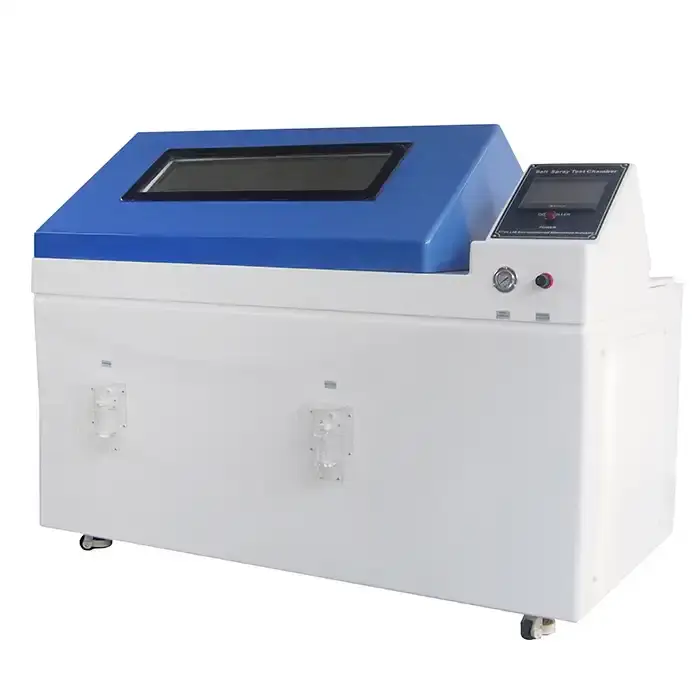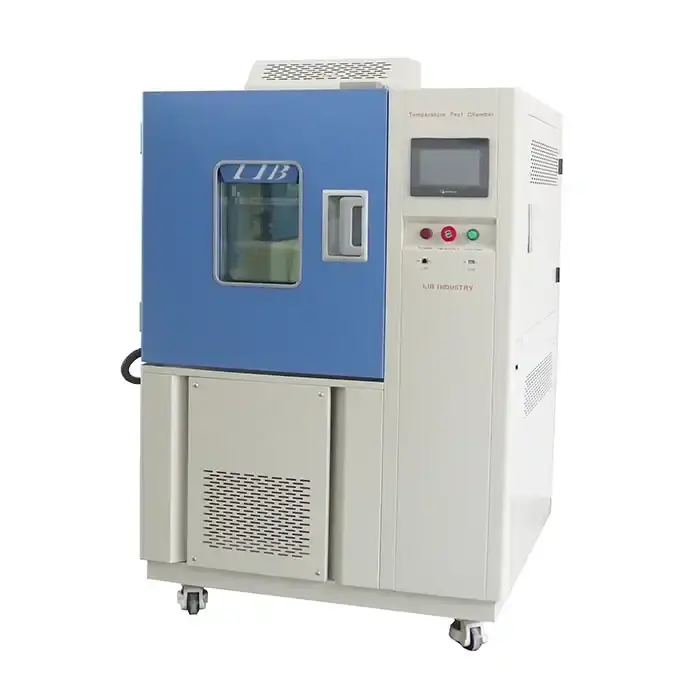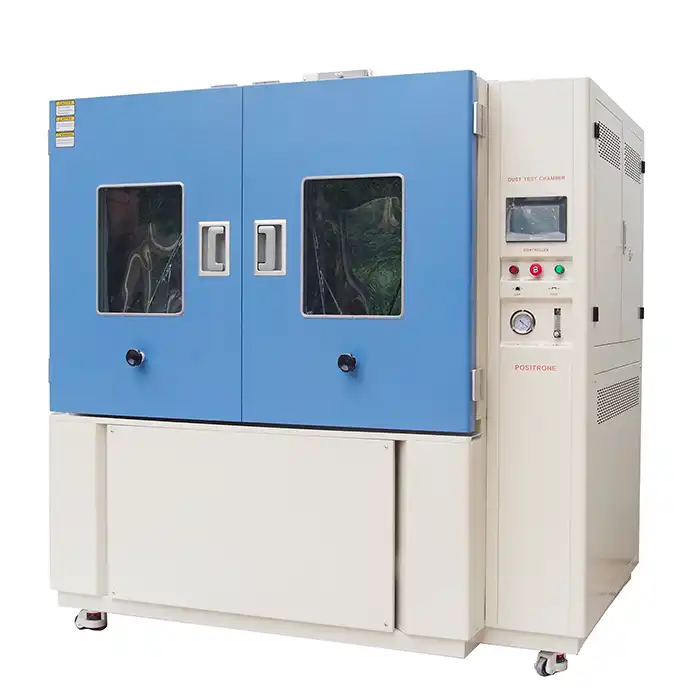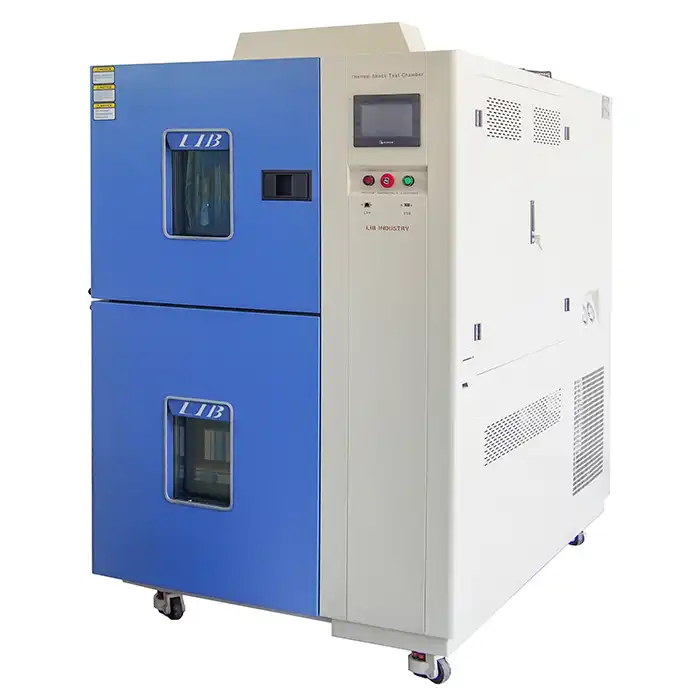How Long Should a Corrosion Test Last?
Understanding the optimal duration for a corrosion test in a corrosion test cabinet is essential for manufacturers who rely on accurate data to improve product durability. Whether you're testing for compliance or product development, test length directly impacts cost, accuracy, and market readiness.
Determining Factors: Material Properties and Environmental Conditions
Corrosion testing isn't one-size-fits-all. The appropriate test duration heavily depends on the type of material being tested and the environment it's expected to withstand. Stainless steel, for example, reacts differently under salt spray compared to coated aluminum or copper alloys. Environmental variables such as temperature, humidity, and salt concentration also dramatically influence corrosion rates.
For example, in a corrosion test cabinet, increasing the chamber's temperature can accelerate oxidation, but that doesn't always mimic real-world conditions. Material porosity, surface treatments, and coating thickness significantly affect how quickly a sample degrades. Understanding these variables helps tailor test duration to produce meaningful, reproducible results.
Industry Standards and Testing Protocols: Finding the Right Balance
Industry standards offer guidance, but they aren't absolute. Organizations such as ASTM, ISO, and IEC define corrosion test durations based on typical material behavior and use-case scenarios. For instance, ASTM B117, a widely used salt spray test standard, often mandates a 96-hour test for coated metals using a corrosion test cabinet. But this doesn't mean 96 hours is universally sufficient.
Some industries, like automotive or aerospace, may require extended exposure of up to 1,000 hours to simulate long-term field conditions. However, longer tests increase operational costs and turnaround time. Striking the right balance between compliance and practicality is critical. Over-testing can lead to unnecessary delays, while under-testing may yield unreliable data.
Your corrosion test cabinet should support programmable test cycles that align with the standards relevant to your industry. This not only ensures compliance but also optimizes lab efficiency and resource use.
Accelerated vs. Natural Exposure Testing: Advantages and Limitations
Accelerated corrosion tests simulate years of environmental exposure in days or weeks. They're ideal for quick product development cycles. However, they often exaggerate certain failure modes not seen in natural conditions. Natural exposure tests, on the other hand, offer real-world accuracy but demand months or even years.
Choosing between them depends on your product goals. Accelerated tests in environmental test chambers like salt spray or cyclic corrosion chambers are perfect for benchmarking materials quickly. However, combining both methods yields the most reliable insights.
Interpreting Results: When Data Becomes Statistically Significant
Test duration alone doesn't guarantee meaningful results - it's the data interpretation that adds value. A corrosion test must run long enough to reveal consistent degradation patterns, but not so long that variability increases without adding insight. Using a corrosion test cabinet ensures controlled conditions, which allow for more accurate observations of corrosion behavior. Statistical significance is achieved when patterns in corrosion behavior are repeatable across multiple samples and cycles.
For example, a 240-hour salt spray test might show edge creep on coated panels. But if only one panel exhibits this, the result lacks statistical weight. In contrast, if 8 out of 10 panels show measurable corrosion spread beyond 2 mm, the data becomes actionable.
In one Industry case study, a client testing automotive components extended their salt spray test from 96 to 168 hours. The longer duration revealed coating failures at weld joints, which were invisible in shorter tests. This insight led to a product redesign that reduced field failures by 37% in the first year.
By ensuring your corrosion test cabinet is equipped with precise monitoring and data-logging capabilities, you can capture and analyze this critical data accurately.
Optimizing Test Duration: Cost-Effectiveness Without Compromising Reliability
Running a corrosion test for longer isn't always better. In fact, test duration must be optimized to balance cost, lab throughput, and reliability. Each additional test hour consumes energy, labor, and valuable equipment time, including the use of the corrosion test cabinet. A well-optimized test provides actionable results without overextending resources.
Take the electronics industry, for example, a client aimed to validate PCB coatings under high-humidity salt fog. A 96-hour test yielded ambiguous results. Extending the test to 120 hours provided clear evidence of ionic migration and trace corrosion. This extra 24 hours helped the client avoid full-scale product recalls.
Using programmable corrosion test chambers, manufacturers can simulate various conditions - such as temperature cycling, wet-dry transitions, or SO2 gas exposure - within a fixed time frame. Automated testing reduces human error and ensures repeatability, making even shorter tests more reliable.
Investing in the right test duration saves costs in the long term by preventing premature product failure, warranty claims, or recalls. It also accelerates time-to-market by reducing the need for revalidation.
Need expert help choosing the right test duration or corrosion test cabinet? Contact LIB Industry at ellen@lib-industry.com. We offer complete corrosion testing solutions tailored to your specific needs.
References
1. ASTM B117 - Standard Practice for Operating Salt Spray (Fog) Apparatus
2. ISO 9227 - Corrosion Tests in Artificial Atmospheres - Salt Spray Tests
3. IEC 60068-2 - Environmental Testing - Part 2: Tests
4. "Corrosion Testing of Metals" - ASM International Handbook, Vol. 13B



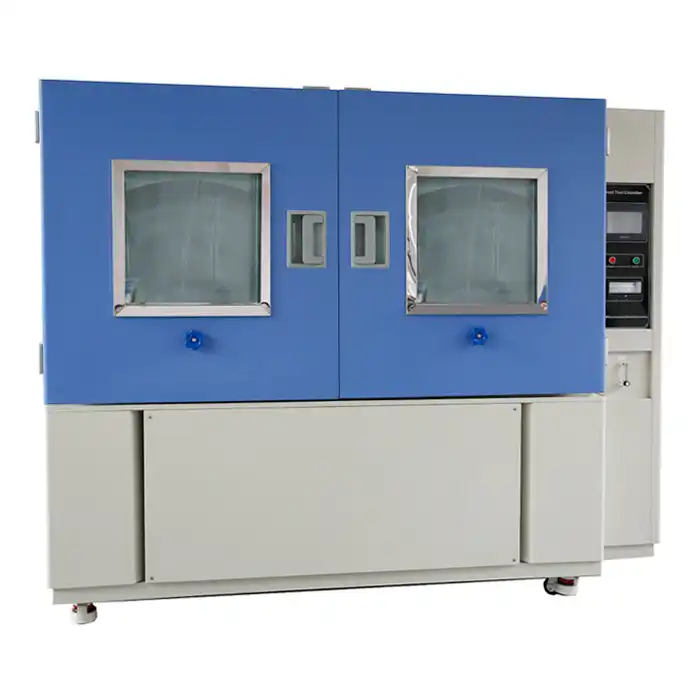
_1731062079549.webp)
